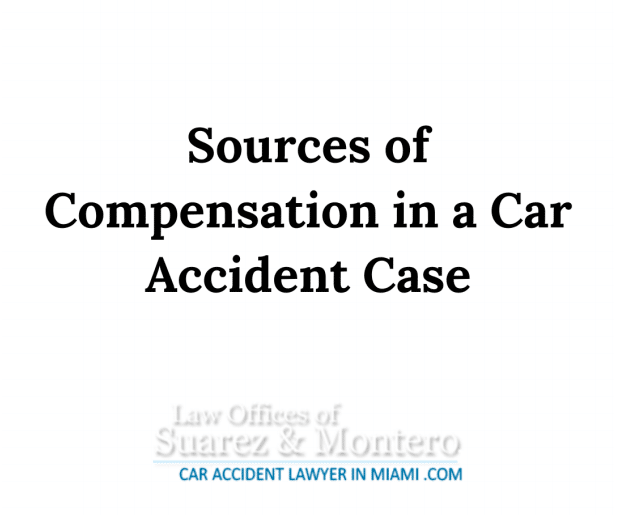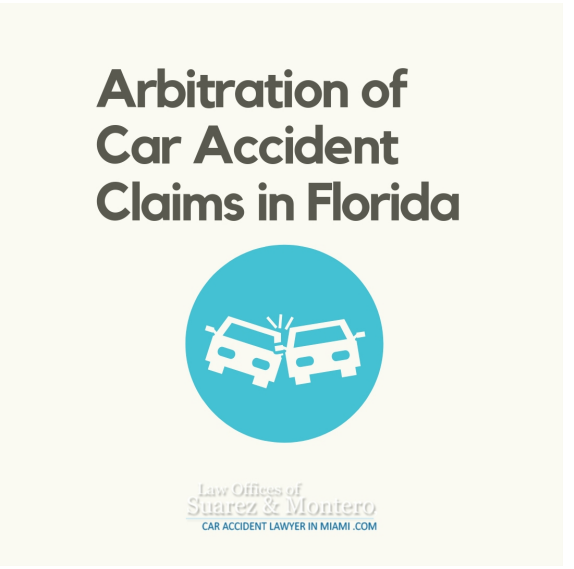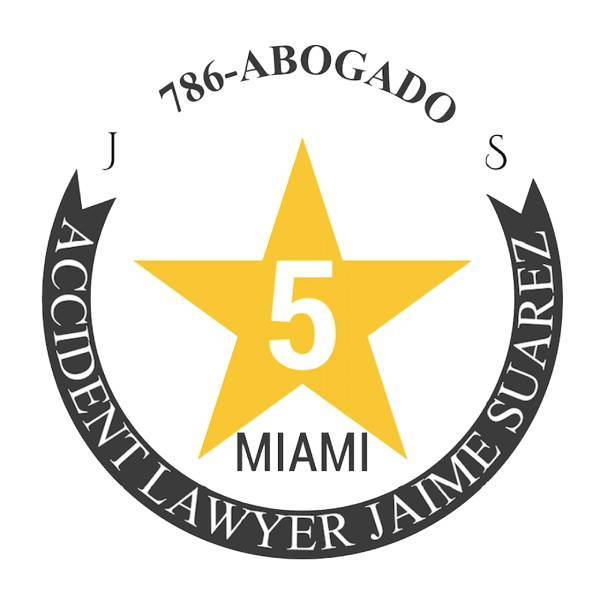
Car Accidents Involving Pedestrians in Florida
The National Highway Traffic Safety Association (NHTSA) has reported that each year there are over 5,000 pedestrian fatalities in motor vehicle related accidents, and about 75,000 pedestrians who suffer serious injuries when hit by a motor vehicle. When a pedestrian is injured due to someone else’s negligence, a pedestrian can recover damages for the injuries sustained. In this blog post, we will provide an overview on common issues that come up in these types of cases with a focus on determining fault, negligence, damages and the role that a lawyer might play in your case.
Driver’s Duty of Care
To establish negligence in a pedestrian accident, the injured party must prove that the person was at fault. To start, an operator of a motor vehicle is required to exercise ordinary, reasonable, and due care toward pedestrians. The driver must share the streets with pedestrians and must exercise toward them such caution as an ordinarily prudent person would exercise under like circumstances, having due regard to the apparent ability of the pedestrian to exercise care for his or her own safety. Simply, the rights of pedestrians and drivers are equal and reciprocal. Each is obligated to act with due regard to the movements and actions of the other. The right of each must be exercised in a reasonably careful manner with reference to the reciprocal rights of the other, depending on several factors including the time, location, amount of traffic, physical circumstances, and all other elements that affect travel. Thus, while a pedestrian has a right to be on a public highway or street, it is the pedestrian’s duty to exercise care to protect himself or herself and to avoid injury by approaching automobiles. Although certain statutes may prescribe the place and manner in which a pedestrian may walk along or upon a public highway, this fact neither limits the right of the pedestrian to use the highways nor affects the general rule that the rights of pedestrians and motorists to use the highway are reciprocal. This duty rests on the pedestrian as definitely as it rests on the driver of the automobile to use care to avoid injury to the pedestrian.
Pedestrian’s Duty of Care
In Florida, there are local traffic regulations that prohibit pedestrians from crossing in the middle of a block and that require that they cross at street corners or intersections. These regulations were meant to promote safety and prevent pedestrian car accidents so the failure of a pedestrian to observe such a requirement, by crossing in the middle of a block, may constitute negligence. For instance, a pedestrian is clearly negligent if he or she walks into a traffic lane between intersections without looking, or into the path of an automobile which he or she could easily have seen but did not. However, in the case of an unavoidable accident resulting in injury to a pedestrian from a moving vehicle, the operator of the vehicle cannot be held liable if there was no preexisting negligence upon the operator’s part. Likewise, even though it may have been possible to avoid a collision with a pedestrian, a motorist may still be relieved of any liability where the circumstances support a finding that the motorist exercised reasonable care. Thus, a motorist is not liable for a plaintiff pedestrian’s injuries even though at the time of the accident the motorist was proceeding down a busy street and was observing another pedestrian cross the street where the plaintiff saw the motorist approaching but proceeded to cross the street directly in front of the motorist. Of course, where a pedestrian is seen by a motorist, it is incumbent upon the motorist to avoid striking the pedestrian.
The degree of care that a driver must exercise with regard to pedestrians varies with the circumstances of each and every case. For example, if a motorist is traveling in a congested area, such as a shopping district, a residential district containing churches, schools, or playgrounds, a motorist must exercise proper care for pedestrians who are lawfully in the area and drive at such reduced speed that the safety of pedestrians in the area will not be jeopardized. Likewise, where a motorist approaches a crosswalk or an intersection at which the pedestrians have the right of way, the motorist is bound to notice pedestrians who are exercising the right of crossing the highway and must exercise reasonable care not to injure them. This rule is particularly appropriate in Miami and Broward, where the use of streets and street crossings by vehicles and pedestrians is great. Where a motorist is driving on a busy street at a point that is not frequently traversed by pedestrians, the motorist is charged with an even higher degree of care or vigilance in order to protect pedestrians and avoid an accident.
Other Pedestrian Accidents
An additional duty to warn a pedestrian of a motorist’s presence and the motorist’s intent to make a turn in front of the pedestrian may also be imposed upon a motorist, such as a bus driver, who approaches a pedestrian from the rear. In view of the variable nature of a motorist’s duty towards a pedestrian, the question of negligence in this regard is ordinarily a matter for the jury’s determination, even where the evidence discloses that the pedestrians walked into the path of an automobile that they could easily have seen but did not see or where the facts show that the pedestrian was exercising the pedestrian’s right of way in crossing the intersection when the pedestrian was struck or where the evidence establishes that the pedestrian was on the edge of the road and was in full view of the motorist for a distance of almost one-quarter of a mile. Although a pedestrian has a right to be upon a public highway or street, such pedestrian is under a duty to protect such pedestrian and to avoid injury by approaching automobiles. This duty to exercise care for the pedestrian’s own safety rests upon a pedestrian as definitely as it rests upon the operator of a motor vehicle to use care to avoid injury to the pedestrian. Furthermore, like the degree of care required of motorists, the degree of care required of pedestrians is that of ordinary care that a reasonable and prudent person would exercise under the circumstances.
If you or someone you know was hit by a car, you may be thinking about what you should do next. While the Police will make a report at the scene of the accident determining who they believe is at fault for the accident, it is always in your best interest to reach out to a pedestrian accident attorney. Let us review your case and discuss your legal options. Our attorneys are ready to provide proven legal representation in pursuing your claim and stand ready to protect your rights. We are available 24/7 to give you a free, no risk case consultation!





